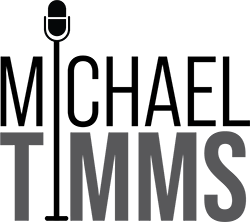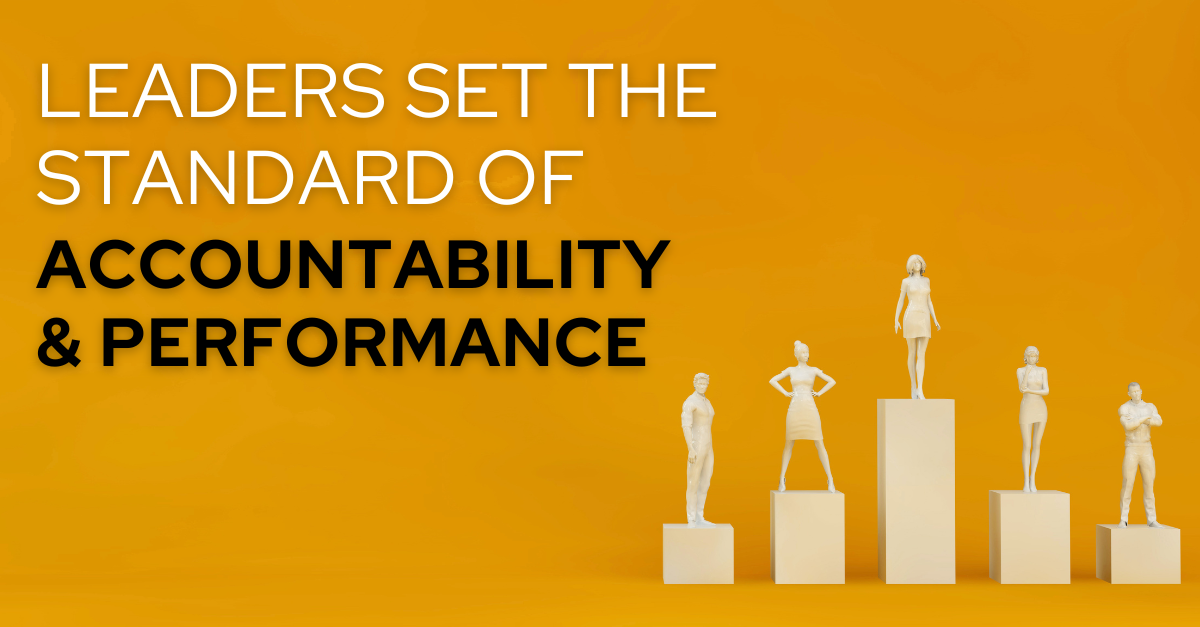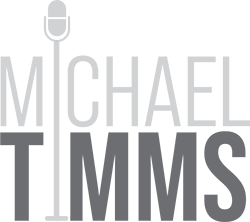Like many others in the midst of the Great Resignation, Tom is leaving his company. Tom has worked as a top-tier project manager for an IT services company for over 5 years. He wasn’t looking for a new job, but when an acquaintance at another IT services company told him about where she worked, Tom thought it sounded too good to be true, so he decided to investigate.
Tom has been managing a challenging project for many months and has finally reached the end of his rope because his leaders aren’t giving him the resources he needs to succeed. Tom and other experienced staff members are being stretched beyond their limits while junior staff are underutilized because nobody is available to train and mentor them.
Tom’s boss was slow to relay his request for more people up the chain of command because she, too, is running at a frantic pace. When she finally made the request, her bosses only provided Tom with junior staff, who couldn’t help until someone brought them up to speed, which nobody had time to do.
Profit-First Approach Drives Turnover
What’s driving this gong show? “There is a big culture of achieving bonuses here and tremendous pressure to sell and achieve financial targets,” Tom said. Every week or two, employees receive a message notifying them about how close the company is to achieving its financial targets, and they are encouraged to bill more hours so the company can meet its revenue goals and everyone can achieve their bonuses. “I think their singular focus on achieving bonuses is driving a lot of good people out the door,” Tom remarked.
The executives at Tom’s company have made it clear that the company’s primary objective is to make money. Of course, the company has a purpose statement posted on the lunchroom wall with fluffy words and lofty ambitions, but everyone knows the executives only care about one thing: profit.
Mediocre companies think of their strategic priorities this way:
- Profit. “Our overarching goal is $______.”
- Customers. “We will target these markets, customers, and projects.”
- Products, Services & Processes. “We need to introduce these products and services and streamline our processes.”
- People. “Oh, and I guess we’ll need a lot of people to do all this.”
A Proven Alternative
Thinking this way about strategic priorities is completely backwards from what research and experience have proven. Countless studies show that focusing on improving the employee experience drives tangible business results. One of the most comprehensive studies of its kind shows that higher employee engagement leads to a 10% increase in customer engagement, 22% higher profitability, 25–65% lower turnover, 48% fewer safety incidents, and 41% fewer quality defects.
Leaders of great companies have known the secret formula for success long before the research proved it. Herb Kelleher, celebrated founder of Southwest Airlines, described his success formula like this: “Employees come first, and if employees are treated right, they treat the outside world right, the outside world uses the company’s product again, and that makes the shareholders happy.”
Disney’s “Chain of Excellence” begins with focusing on their purpose and providing great leadership, which leads to employee engagement, quality service, loyal customers, and sustained financial results.
Costco puts people first by providing industry-leading wages and benefits and a culture of caring for employees.
Mediocre leaders try to motivate and retain employees with financial incentives. Great leaders give employees a compelling purpose to strive for that focuses on improving customers lives, and they put employee’s needs first, like this:
The Strategic Priority Cycle
Engaged employees produce innovative products and they engage customers through exceptional customer service. Engaged customers provide greater and more sustained revenue, which helps the company achieve its purpose.
Exceptional companies are purpose-driven, people-first, and profit-fueled.
Employees are not necessarily more important to a company than its customers or profit because a company will die without customers and profit. But employee’s needs must be met first for the cycle to work. It’s a natural sequence of events.
So, what is it about Tom’s new opportunity that sounded too good to be true? His new company expects employees to be 75% utilized (billing 30 hours a week instead of 40) and to spend the other 25% of their time on personal development, mentoring others, and improving internal programs and processes. His new employer is also willing to accommodate his request to work a four-day week. Instead of trying to squeeze every possible nickel out of their employees, his new employer is willing to sacrifice some short-term profit for a healthily workplace culture and a sustainable workforce.
“Oh,” Tom said, “and they pay 25% more than my current employer.” It’s interesting that Tom mentioned the pay increase as an afterthought. Mediocre companies use money to manipulate their employees, whereas the way exceptional companies allocate money is an expression of their people-first approach.
Mediocre leaders are profit-driven. Great leaders are purpose-driven and people-first. Which one are you?
Originally published on CEO World on March 14, 2022
If you are an executive that would like help rethinking your company’s strategic priorities, book a call with Michael to discuss how he may be able to help.







